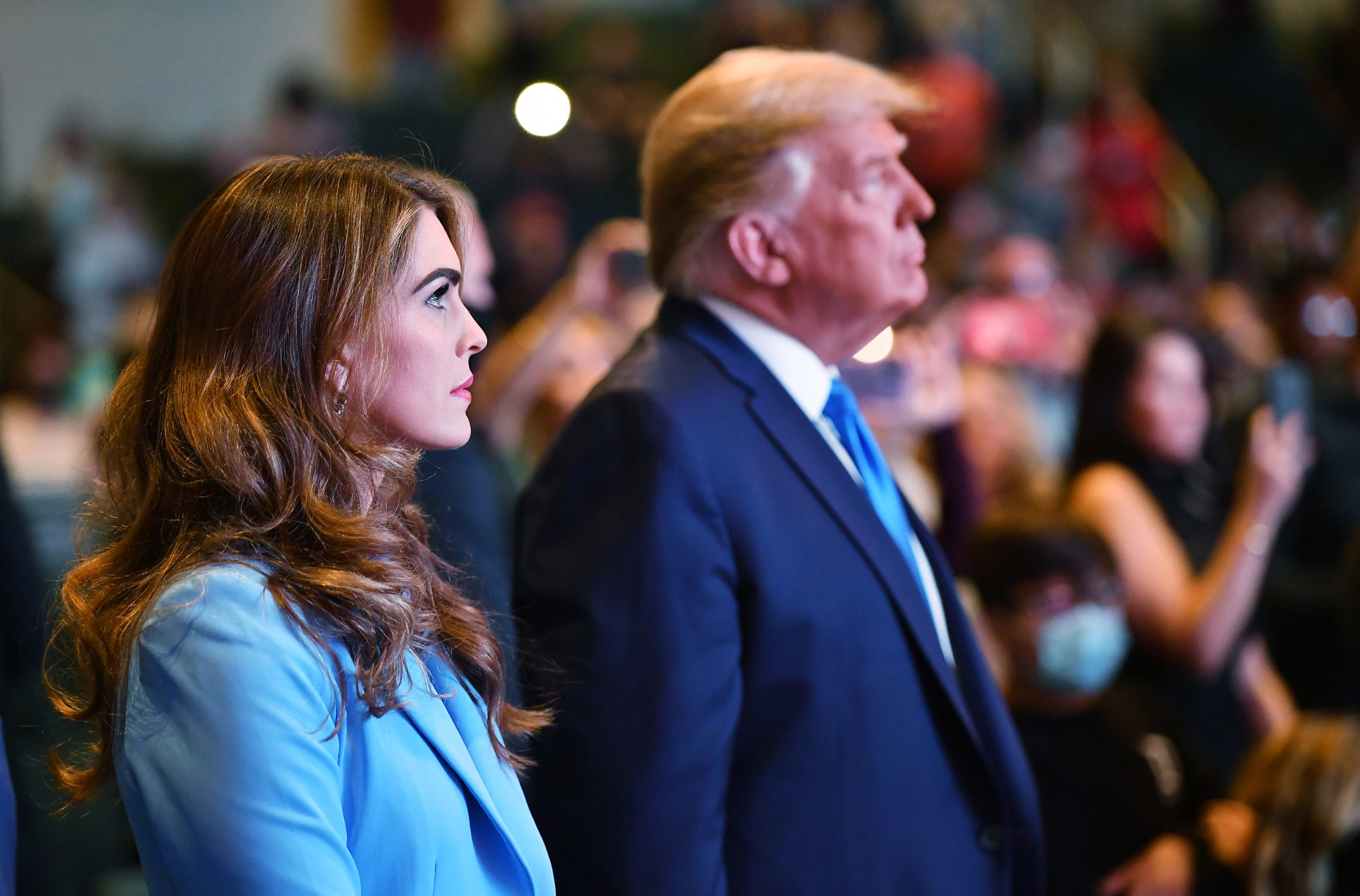From here to the north, in the east of the land of snow, Is a country where divine thunder spontaneously blazes In a beautiful nomad's place with the sign of a cow...
This cryptic note, said to have been found in an old talisman in 1991, led at last to a yak-herding family's encampment in eastern Tibet. The searchers were looking for the 17th Karmapa, the reborn leader of one of Tibetan Buddhism's four main sects. The master's previous embodiment, the 16th Karmapa, had died of cancer in 1981--and his followers had been awaiting his return ever since. The nomadic family's eighth child, a 7-year-old son, was a strange little boy. The nomads said he was fond of vanishing into the mountains by himself, riding on the backs of goats and jackals. On the day of his birth, they recalled, three suns appeared in the sky with an overarching rainbow. People heard the blare of unseen conch shells on all sides, then the music of flutes and cymbals.
The searchers still could not rest. Celestial signs and wonders are anything but rare in Tibet. The boy had to be carefully tested on his personal memories of life as the 16th Karmapa. Finally, though, the monks were convinced they had found their Karmapa--one of Tibet's innumerable "living Buddhas." The most revered of them all, the 14th Dalai Lama, endorsed the monks' decision. Remarkably enough, the Dalai Lama's verdict was seconded by his implacable foes in Beijing, who condemn him as a Tibetan separatist. With Beijing and the Dalai Lama in agreement, how could anyone argue?
Don't ask. Tibet may be known for mysticism and spirituality. But beyond the smoky incense lies a world of ruthless political intrigues and factional splits. Finding the reincarnations of Tibetan spiritual leaders can be as much about power and wealth as about divining obscure bits of poetry. Jeffrey Hopkins, professor of religious studies at the University of Virginia, offers an analogy: just suppose the U.S. government had to find a new George Washington every time the old one died.
Over the years, Beijing has tried to control that process; and the Tibetans themselves have split over conspiracies and dueling reincarnations. Take the case of the Karmapa, whose empire is believed to encompass more than $1 billion in earthly assets. It's not altogether surprising that there might be another claimant to the 17th Karmapa's position. And indeed there is.
The trouble began not long after the death of the 16th Karmapa in 1981. Four regents were assigned to find his new incarnation. The senior regent, Kunzig Shamar Rinpoche, another living Buddha known as the Sharmapa, later fell out with almost everyone else involved, from the Dalai Lama himself to a monk named Tai Situ Rinpoche, one of the closest friends of the 16th Karmapa. It was Situ who produced the note with the clues about "divine thunder," saying he had found it hidden in a talisman he had worn ever since the Karmapa gave it to him years earlier. The Sharmapa accused Situ of forgery and anointed a candidate of his own to be 17th Karmapa. The Sharmapa's camp has spread rumors that the Dalai Lama and the recently escaped Karmapa may be secretly in cahoots with Beijing. Most Tibetans side with Situ, who calls the Sharmapa's allegations "nonsense": "Anyone who believes this must have a brain the size of a pea."
Still, the real fight has always been between Beijing and the holy men. Two centuries ago, Tibet's nobles begged for China's help in repelling a Nepalese invasion. The Manchu emperor (also an ardent Buddhist) obliged. In exchange, he demanded a say in selecting both the Dalai Lama and Tibet's second highest religious leader, the Panchen Lama. From then until the naming of the 12th Dalai Lama a century ago, the spiritual leaders were chosen by drawing lots from a ritual Golden Urn in Lhasa. Some Tibetans thought it was a good way to cut down on the endless squabbling between rival monastic factions.
To this day, Beijing insists it has a historic right to ratify reborn Buddhas in its jurisdiction. The Chinese government even has its own Buddhist school for such holy men, with 33 Tibetan and Mongolian students enrolled. The Dalai Lama shakes his head at the idea. "The very fact that the Chinese are trying to select [reincarnated lamas] is totally senseless," he told NEWSWEEK. "Can you imagine some sacred Hindu tradition being performed by a communist who does not even believe in religion? How can it be possible?"
But Beijing makes its own rules--one way or another. The 10th Panchen Lama died in 1989. Six years later, monks identified his new incarnation as a little boy living on Chinese-held turf. Security personnel whisked him away soon afterward, and he has never again been seen in public. Instead the Chinese produced another child, claiming theirs was the true 11th Panchen Lama. Few Tibetans agree.
But if Beijing thinks it can control rebirths of today's Tibetan leaders, it may be surprised. Born-again Buddhas are popping up in the strangest places--underscoring Tibetans' belief that deities can be reborn wherever (and as whomever) they choose. Some have come back as Westerners. The first such tulku (child reincarnate) was Ossian Maclise, born in 1967 to a British mother and an American father. They were living in a hippie colony in Katmandu when Ossian, 3, began asking to be taken to "his" monastery and saying things like "I belong to everyone." Since then at least a dozen Western tulkus have emerged in Europe, North America and elsewhere, including Lama Osel Rinpoche, the Spanish-born inspiration for Bernardo Bertolucci's movie, "Little Buddha," about a fictional tulku in Seattle. In the early 1990s Tibetan monks actually identified a boy in Seattle as the reincarnation of a holy man who died in 1987. The boy's mother, Carolyn Lama, a lapsed Catholic from Indiana, took her son to Nepal to be raised and educated by monks. She shrugged off complaints in the U.S. media that the boy was being deprived of American comforts. "What is more important?" she demanded. "[To have] deep compassion or to eat Chicken McNuggets?"
Tibet's senior living Buddhas could become even tougher for the Chinese to beat. "Sometimes certain highly evolved beings can manifest in several different persons simultaneously," the Dalai Lama told NEWSWEEK. In other words, next time around, he could duplicate himself to give Beijing twice the headaches. To China's leaders, his claim may sound like the most preposterous of superstitions. But Tibetans believe the Dalai Lama can do exactly what he says. And that makes it as good as true.
Uncommon Knowledge
Newsweek is committed to challenging conventional wisdom and finding connections in the search for common ground.
Newsweek is committed to challenging conventional wisdom and finding connections in the search for common ground.
About the writer
To read how Newsweek uses AI as a newsroom tool, Click here.








